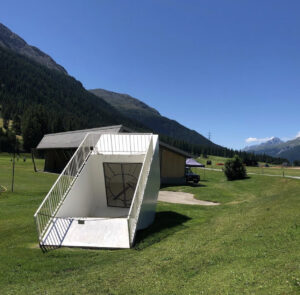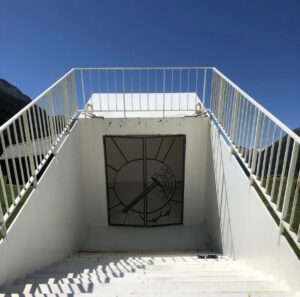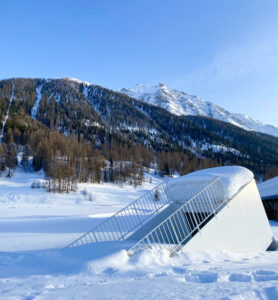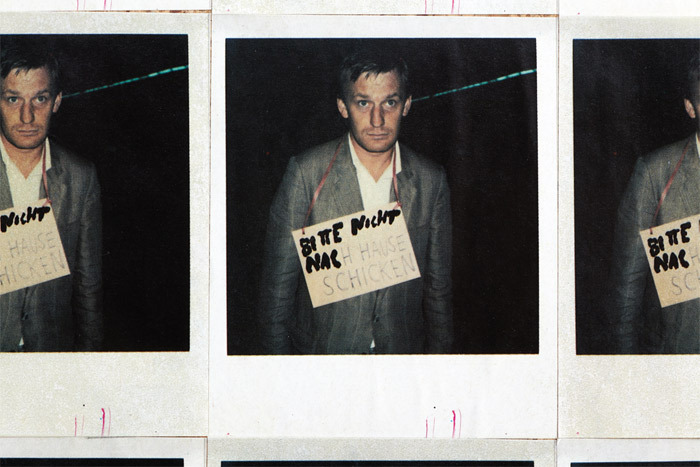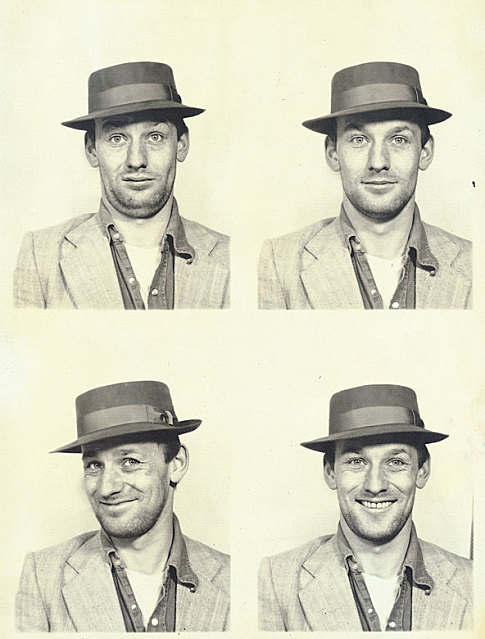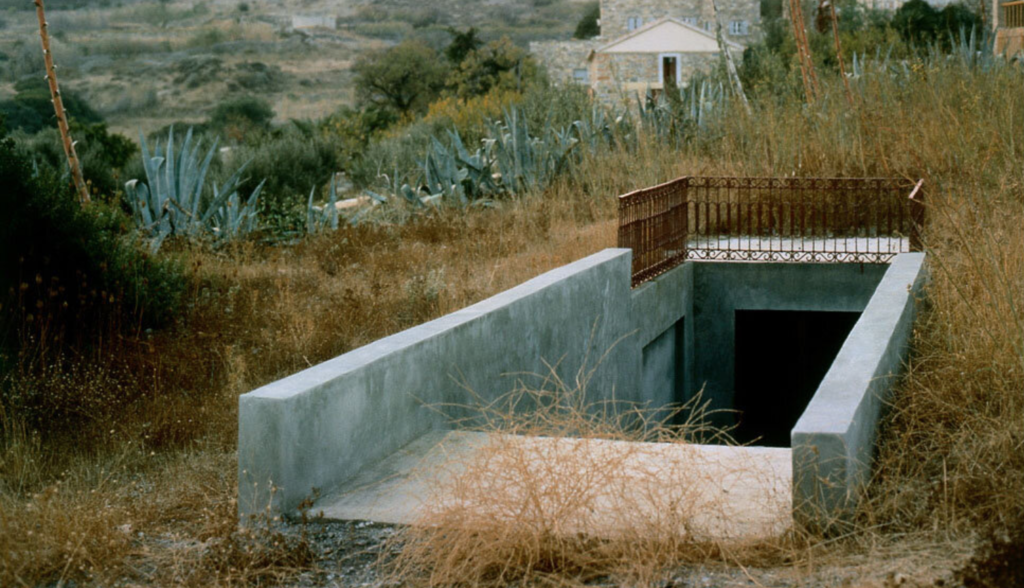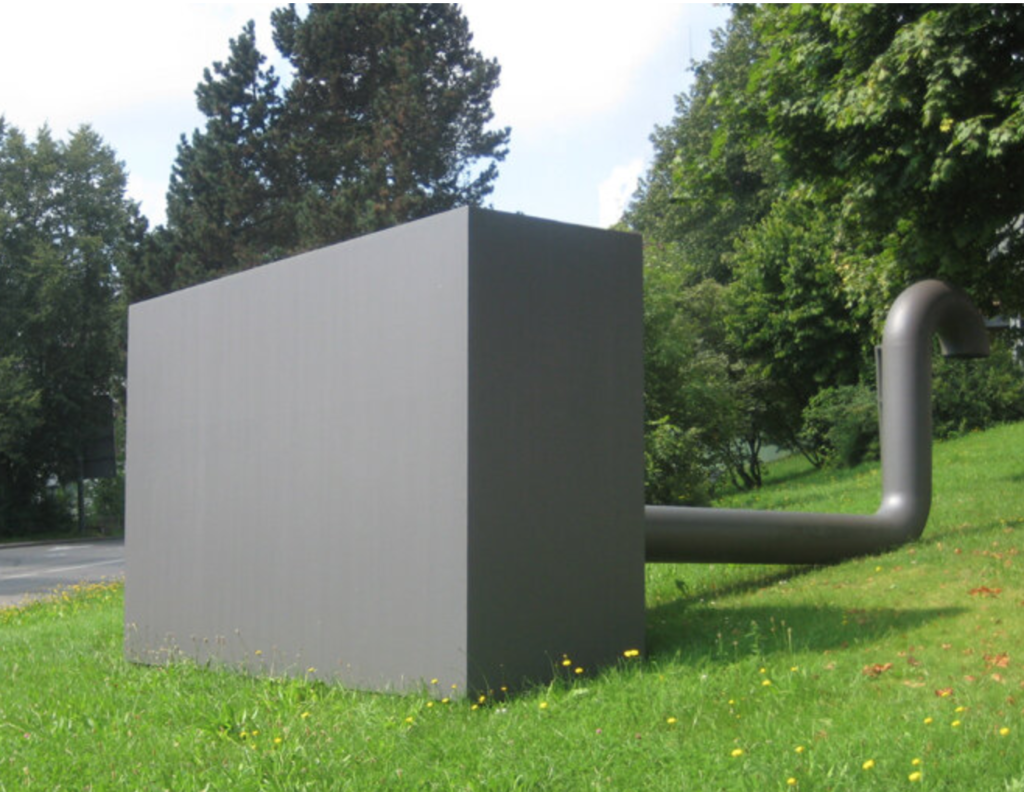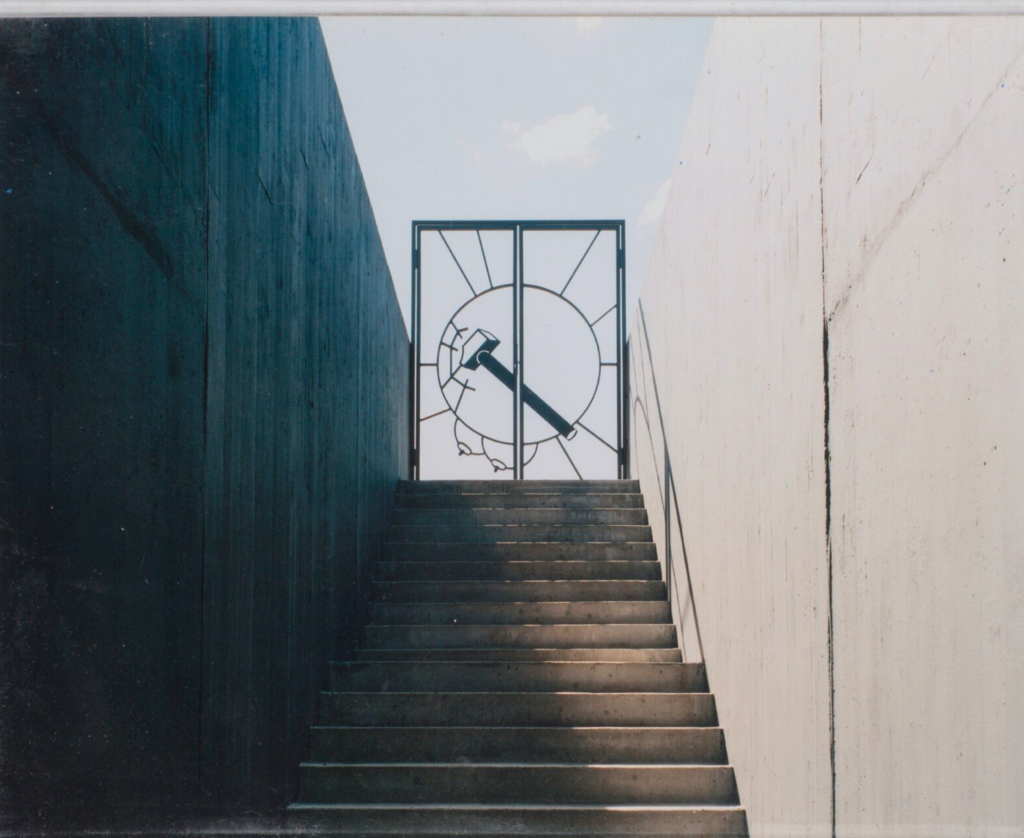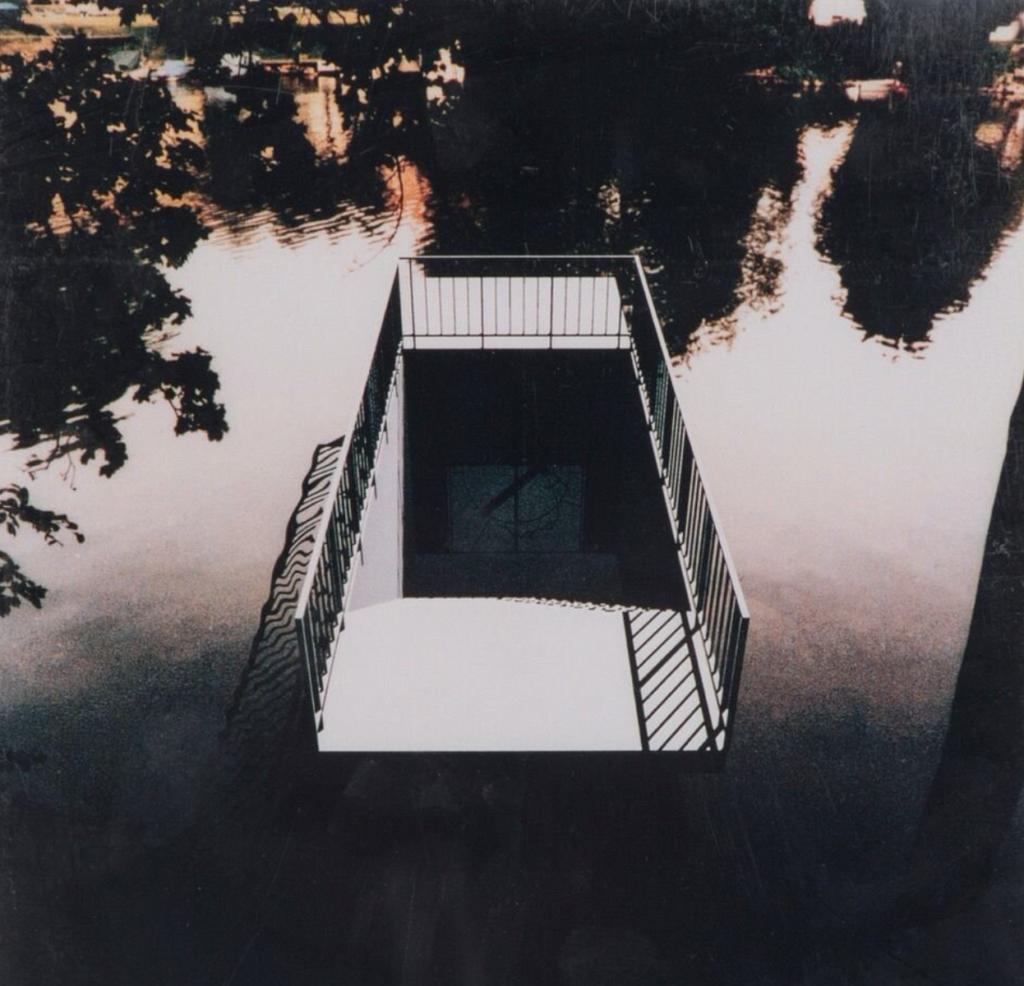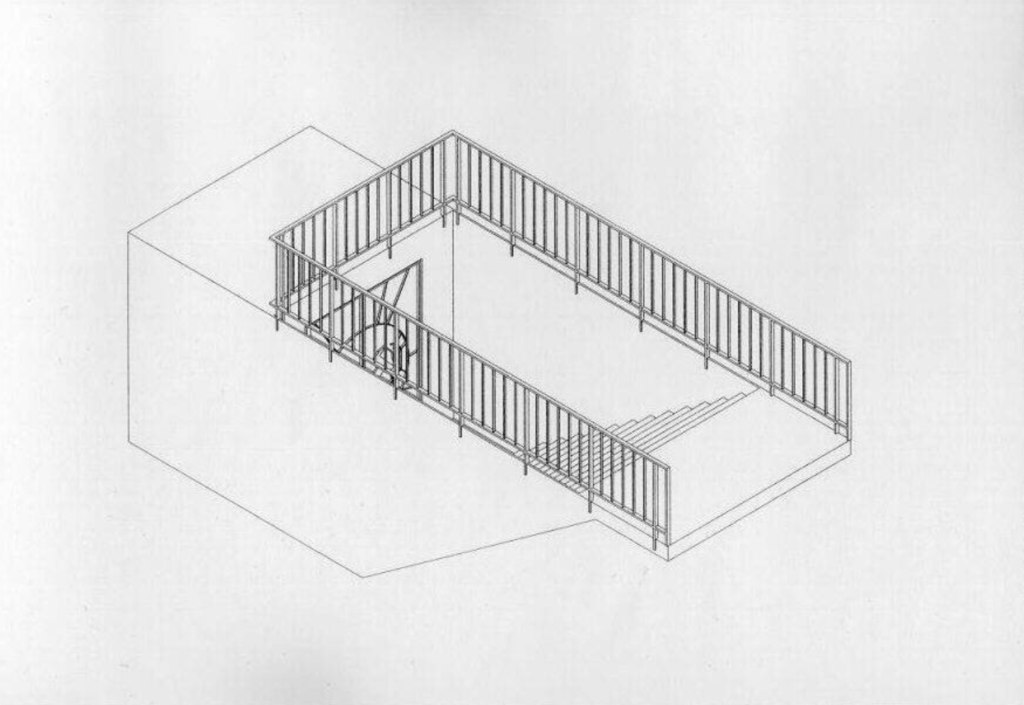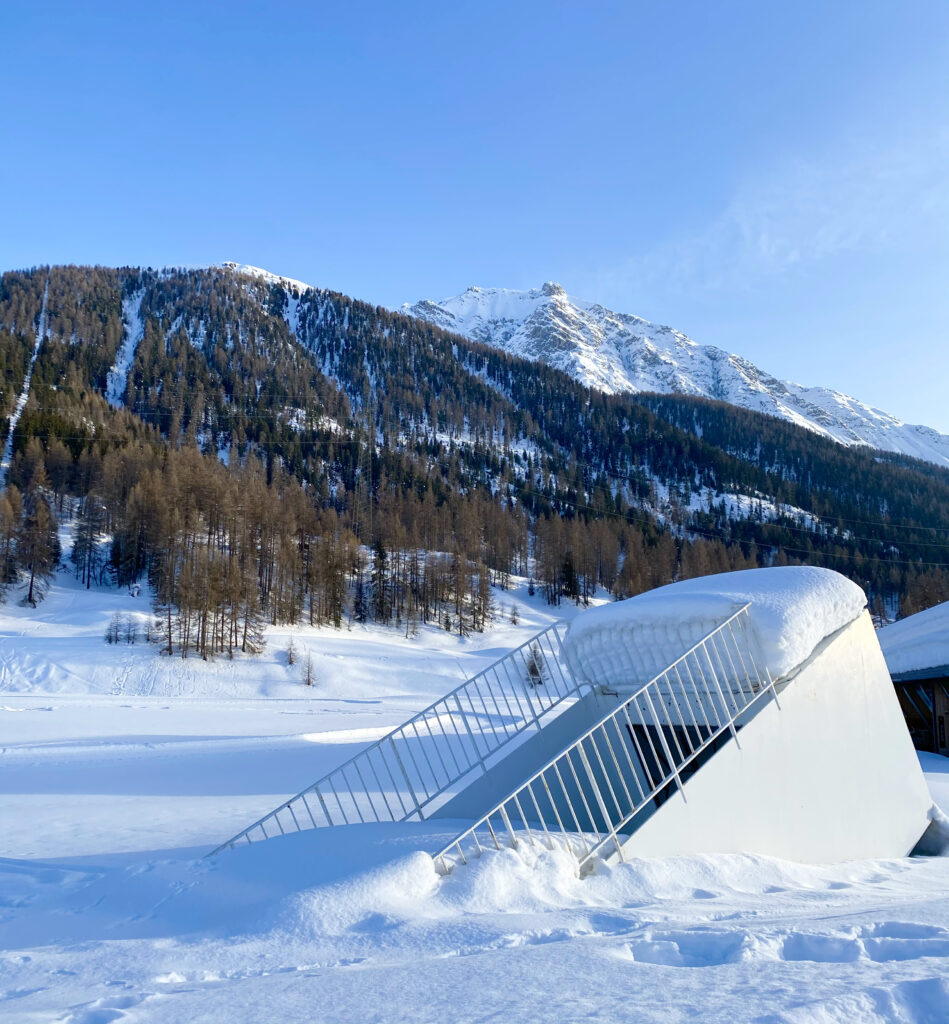„Kunst an der frischen Luft: Tipp 5“
We all hope all Museums and Galleries will now very soon be able to get back to usual business.
Meanwhile, there is more Art to discover in and around St.Moritz outside of closed rooms, at the fresh air. At the entrance of Zuoz, flanking the golf course, a breathtaking installation by German Artist Martin Kippenberger confuses the skiers and strollers: A Metro Station.
Martin Kippenberger, «Transportabler U-Bahn-Eingang», 1997. Iron, Paint, 343 x 740 x 245 cm. Since 2001 in the Engadin, Art Public Plaiv.
hallo
The Engadin, this Post-Urban Space
Usually metro stations are a part of the urban landscape – consequently, this piece of art leads the visitor to reflect on the Engadin’s uniqueness of urbanization. If the Engadin is said to be post-urban, hat does post-urban mean?
First, the Post-Urban-Time-Space is a new human epoch, an assumption by scientists, that a dawning epoch will commence soon, leaving the urban-centered societies behind. Indeed due to technology and new possibilities a new way of working and living is ought to consolidate soon and people are said to exponentially move out of the overcrowded and environmentally damaged cities. The Covid-crisis catalyzed the situation. The new post urban life is expected to happen on the country side.
Second, the Post-Urban-Geographical-Space, also as a result of the first meaning, is a geographical region with a maximized quality of life combining the advantages of the country-side with a great level of infrastructure, sometimes even greater than in some urban-pools. Indeed, St.Moritz and the Engadin prove themselves to be nearly ahead of time, and already qualify to be post-urban. Maybe, in the future, as country sides will increasingly follow that evolution, we will be talking of the “St.Moritz-Model, a benchmark of post-urban development”? Indeed, the Engadin astonishes with its breathtaking nature, it’s ultra-sportive-offerings and although St.Moritz counts only 5000 inhabitants, Zuoz 1200, or S-chanf 676, St.Moritz alone counts seven 5-star-hotels, Michelin-star-restaurants, the whole Engadin region around St.Moritz a density of galleries and art happenings bigger than in some smaller cities, and a quality of art challenging the world’s leading art capitals New York, London, Hongkong, Paris.
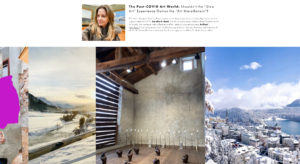
https://www.voltaartfairs.com/features/kamiars-monthly-report-stmoritz-edition-january-2021
hallo
Martin Kippenberger’s „transportable U-bahn Entry“, 1997, Zuoz
Before his death at only 43, German Artist Martin Kippenberger (1953-1997) thought about interconnecting the world through a global, the whole world connecting system. His imagination led him to construct props that looked like real entrances to metro stations or metro ventilation shafts, located in different cities around the globe. His work, which was showcased at documenta, was his last project before he died. In the exhibition the echo of globalization was loud and raised new questions about the globalization: Such works would open the eyes to the reality that the world is still a long way from becoming fully interconnected.
Martin Kippenberger (1953 -1997), das Enfant terrible der Kunst Szene
hallohall
Zuoz, connected to the World-Wide-Metro-Net
Martin Kippenberger’s „transportable U-bahn Entry“ in Zuoz is one art installation in the public space among others between La Punt- Chamues-ch, Zuoz and S-chanf that are part of the Art Public Plaiv project initiated in 2001 by the Walter A. Bechtler Stiftung in collaboration with the IFCAR Institute for Contemporary Art Research of the Zürcher Hochschule der Künste and the villages citied above. Through Kippenberger’s Metro-Net, a project that saw its first entrance set up in 1993, the world globalization network comprises six conceptual subway entrances, all complete with ventilation shafts. The first entrance was constructed on the Island of Syros, Greece, then Dawson City, Canada, in 1995, and then Leipzig, Germany in 1997. The sixths ventilation shaft, originally designed to be erected in Tokyo, Japan, was relocated to Los Angeles. This shaft, considered sensitive to humanity, reacts to human presence by discharging a wave of rattling noises and warm compressed air, much like you would hear and feel in an actual subway tunnel. With the placement of work in 2001 first in Madulain then in Zuoz, Zuoz is connected to the world-wide-web of artists‘ creativity.


